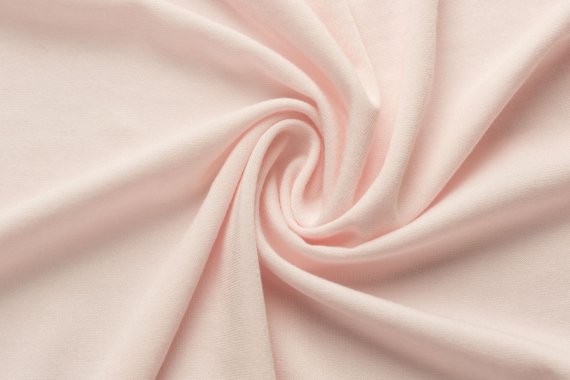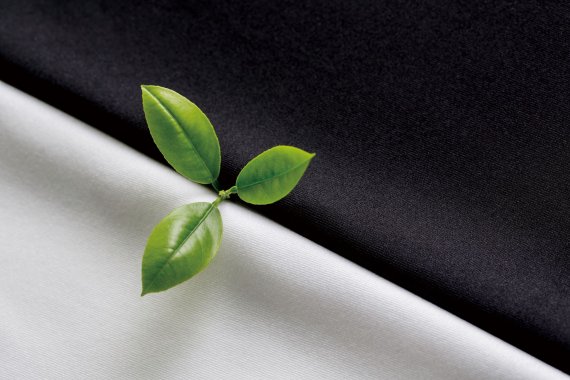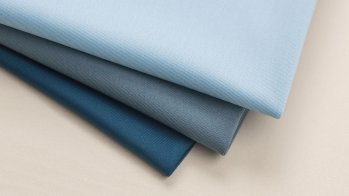
With an annual production capacity of 185,000 tons, Huafon Chemical is now China's largest producer of spandex. Founded in 1999 under the name Huafon Spandex, Huafon's market share in China was around 24 percent in 2019. Sales offices in China, Turkey and South Korea support further growth. With a strong R&D focus and collaborations with renowned research institutes, universities and textile manufacturers such as CAS (Chinese Academy of Sciences), Donghua University, BASF, Best Pacific, Texhong, etc., Huafon aims to further advance the technical and sustainable development of spandex production.
The proportion of spandex in sportswear is usually between 10 and 30 percent. Developing sustainable solutions here will help significantly to reduce the ecological footprint of modern stretch fabrics. To achieve this goal, Huafon relies on recycling, low supply chain energy consumption and new dyeing technologies.

In 2017, Huafon started a recycling project. The innovative Qianxi Recycled Spandex uses up to 100 percent recycled spandex from production waste, reducing the environmental footprint without cutting back on quality and performance. In 2018, Huafon became the first spandex factory in China to receive Global Recycled Standard (GRS) certification.
Since the raw materials of recycled spandex are currently obtained exclusively from production waste, Huafon, as the largest producer in China, can guarantee high and stable production volumes.
The heat setting process of elastane fabric requires high temperatures (normally about 195℃) and thus high energy consumption. Huafon has therefore developed Qianxi Easy-Setting Spandex, which operates at temperatures 10°C to 15°C lower than conventional spandex fibers in the fabric heat setting process. In addition, the lower heat setting temperatures increase the softness and whiteness of nylon/spandex or modal/spandex fabrics.

For the first time, Huafon is presenting the new Qianxi Eco-Setting spandex fiber. Here, Huafon has succeeded in further reducing the temperature in the fabric heat setting process, about three times higher heat setting efficiency compared to conventional spandex fibers. This new type of spandex is produced by the dry-spinning process, so it remains adequate elasticity and has stable performance.
It’s particularly suitable for heat-sensitive fibers such as bio-based polylactide fibers (PLA) and polypropylene (PP).

Huafon offers Qianxi Black Spandex, a black spandex fiber that has already been dyed with dope-dye technology during the spinning process. In combination with other textile fibers such as black nylon or black polyester, which have also been dope-dyed, the usual dyeing process of the yarn or textile surface can be completely eliminated. This saves energy, water and wastewater.
In addition, the color pigment is distributed quite evenly in the spandex, which enables a perfect color result and high color fastness.
Huafon Chemical: Elastic fabric made from 100 percent recycled material
- ISPO awards
- Mountain sports
- Bike
- Design
- Retail
- Fitness
- Health
- ISPO Job Market
- ISPO Munich
- ISPO Shanghai
- Running
- Brands
- Sustainability
- Olympia
- OutDoor
- Promotion
- Sports Business
- ISPO Textrends
- Triathlon
- Water sports
- Winter sports
- eSports
- SportsTech
- OutDoor by ISPO
- Heroes
- Transformation
- Sport Fashion
- Urban Culture
- Challenges of a CEO
- Trade fairs
- Sports
- Find the Balance
- Product reviews
- Newsletter Exclusive Area
- Magazine















